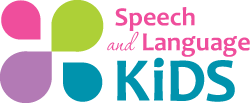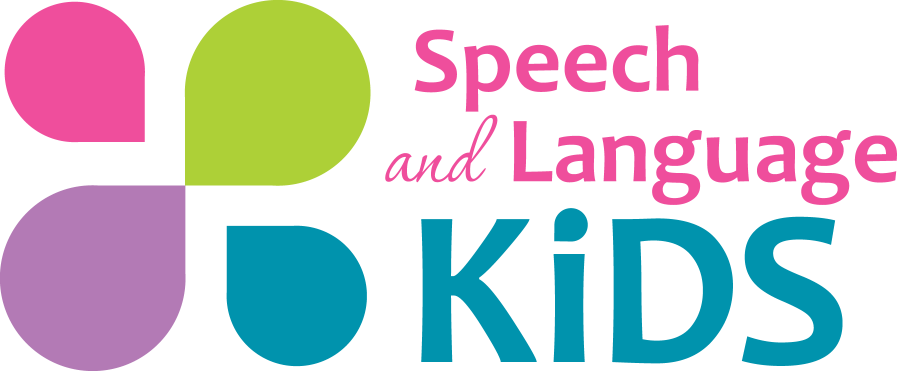Building Therapy Plans for Children with AAC
Do you work with children who use communication devices or systems to express themselves? Whether it’s a high-tech talker, sign language, or picture boards, AAC (Augmentative and Alternative Communication) comes in many forms—and it’s essential that we know how to support kids in using it effectively. In this episode, Carrie shares how to build therapy plans for children who use AAC, including practical strategies and step-by-step guidance based on the AAC Pathway inside the Speech and Language Kids Hub.
You’ll also hear answers to live listener questions about AAC devices in the classroom, choosing apps, and working with parents and teachers to support communication across environments.
Listen to the Podcast Here
You can listen to the full podcast episode below:
What is AAC and Who Uses It?
Carrie starts by explaining what AAC is and the many ways children may use it to communicate, from low-tech tools like picture boards and gestures to high-tech devices with eye gaze or text-to-speech features. She also dispels the myth that AAC prevents speech development—spoiler alert: research says otherwise!
Helpful resource: What is AAC?
The Two Golden Rules of AAC Therapy
Before jumping into therapy planning, Carrie shares the two biggest takeaways for anyone supporting a child who uses AAC:
- Focus on communication, not technology.
- Model, model, model!
She explains why goals should center on meaningful interaction (not just button-pushing) and how modeling AAC use builds confidence and understanding.
Beginner Level: Getting Started with AAC
At this stage, the focus is on helping the child communicate basic wants and needs using core vocabulary. You’ll hear:
- Why “go,” “more,” “stop,” and “all done” are more useful than “cracker” or “train”
- Tips for modeling AAC use throughout the day
- Strategies to help the whole team (SLPs, parents, teachers) stay on the same page
Inside the Hub: Visual aids with core word boards and low-tech AAC tools
Intermediate Level: Expanding AAC Use
Once kids can express some wants and needs, it’s time to expand! Carrie discusses:
- Moving beyond requesting to include labeling, describing, commenting, and more
- How to support grammar and sentence growth through AAC
- Examples of social and functional communication goals
Advanced Level: Full Participation Through AAC
At the advanced level, AAC becomes a tool for full participation in classroom and social life. Learn how to support:
- Retelling past events and participating in conversations
- Self-advocacy and problem-solving with AAC
- Using AAC across different settings and environments
Supporting Gestalt Language Processors (GLPs)
Carrie briefly touches on how some AAC users may learn in chunks rather than word-by-word. She shares how you can support GLPs by incorporating full phrases and familiar scripts into AAC devices.
Live Q&A Highlights
Listeners asked some fantastic questions, including:
- What to do when a child uses one AAC button repeatedly (hint: treat it like verbal babbling!)
- Choosing a speech-generating app or device (Carrie recommends Grid by Smartbox and TouchChat)
- Home strategies for encouraging AAC use with toddlers and teens
- When AAC is (and isn’t) appropriate for speech-delayed children
Resources Mentioned
- AAC Pathway inside the Hub
- Free Text-to-Speech Tool by Google
- SLK Screening & Progress Monitoring Checklists – Inside the SLK Framework (for non-AAC speech/language concerns)
Looking for low-tech AAC boards, full lesson plans, or more support? Join us inside the Speech and Language Kids Hub where you’ll find everything from downloadable materials to expert-led courses.
Podcast: Play in new window | Download | Embed
Subscribe: Apple Podcasts | RSS



Leave A Comment